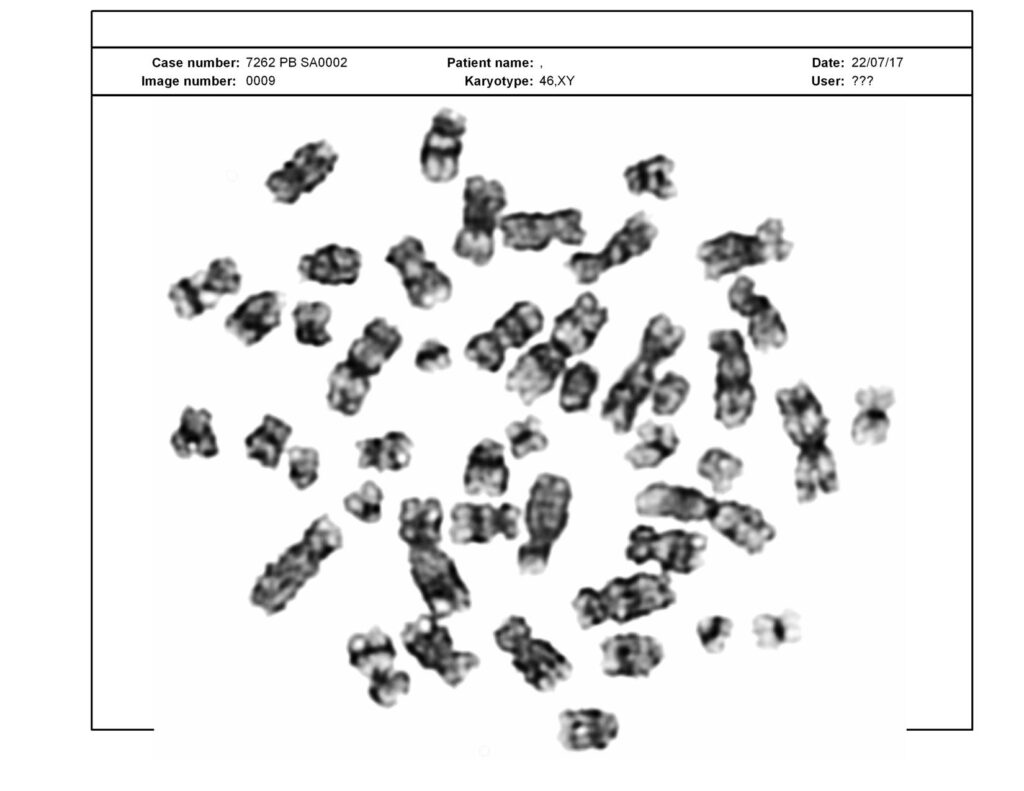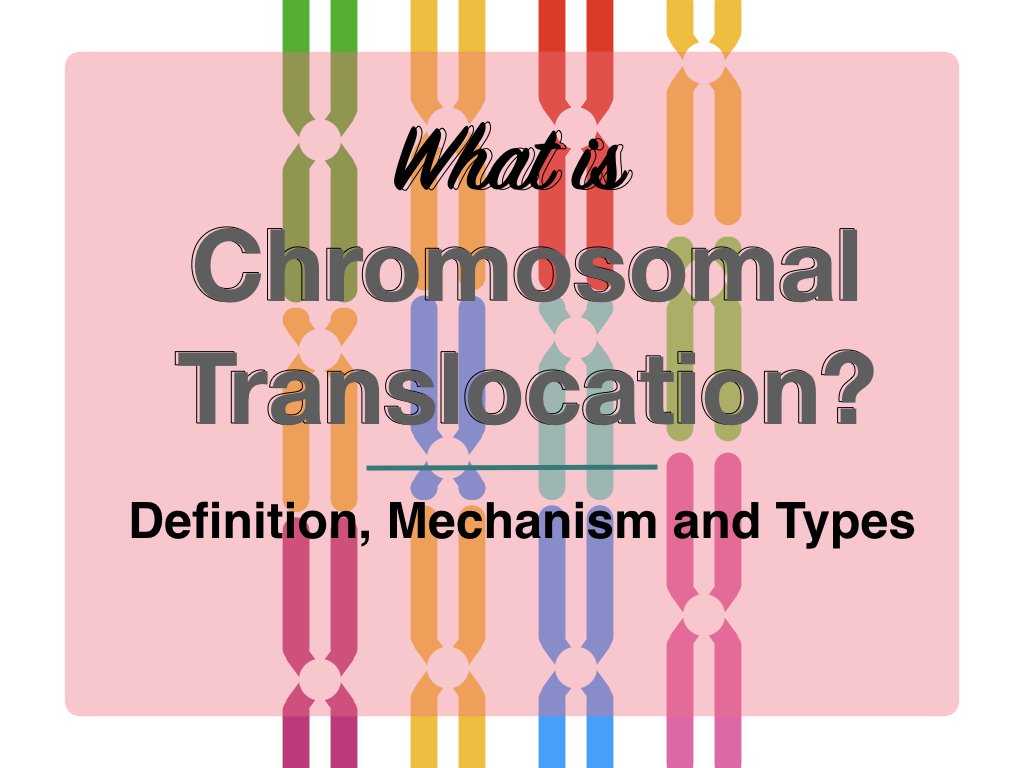Prenatal studies highly rely on genetic techniques like karyotyping, recent trends suggest. Fetal chromosome analysis or chromosome test provides detail about the genetic profile. Chromosomal abnormalities can be encountered using cytogenetic techniques.
Karyotyping is a popular cytogenetic technique, practice commonly for prenatal or fetal genetic studies which are powerful enough to encounter down syndrome, Patau syndrome, Edward syndrome, and copy number variations.
The technique relies majorly on the performers’ expertise and experience. Karyotyping is a sensitive, versatile and state of the art technique that requires special instrumentation setup and expert hand.
Errors may happen starting from cell culture to interpreting results as the entire technique is manual, almost. The expert needs to perform it, set up it, analyze and interpret results by themself.
Here in the present piece of content, we will try to rectify some of the common errors in karyotying and will try to suggest to you how to overcome them.
Read more: Things You Should Know About Male and Female Karyotype.
Common karyotyping results errors:
“Karyotyping results error” indicates errors associated only with the results or final interpretations some possible of them are:
- Error in counting the number of chromosomes
- Error in spotting the structural abnormalities
- Error in identifying chromosomes
- Error in performing the G bands
- Instrumental errors
- Microscopic errors
- Software errors
- Handing errors
Error in identifying chromosomes:
Human karyotype comprises of 46 chromosomes in 23 pairs. In which every pair is different lengthed. Based on their size, location of centromere and length of arms, they are classified into different categories.
One of the significant errors or common mistakes in karyotyping results is the wrong identification of chromosomes. Newbies or inexperienced can’t categorize chromosomes correctly and henceforth can’t interpret or wrongly interpret results.
Usually, acrocentrics are differentiable from metacentrics but metacentric and submetacentric and smaller metacentrics can’t be distinguished easily.
Even computer software can’t correctly identify all chromosomes, only an expert eye site can do so. It takes years to get confidence on karyotyping results, still, in some cases, even expert advice further investigation.
Nonetheless, by applying simple theoretical knowledge one can learn as soon as possible and can overcome the present error. This article may help metacentric, acrocentric and telocentric chromosomes.
Error in counting the number of chromosomes:
Another common error is counting error in karyotyping results. With some basic knowledge, one can count chromosomes correctly in normal condition but when it comes to finding abnormalities like trisomy or monosomy, it is a bit difficult.
These are the conditions in which it is difficult to count chromosomes:
Sometimes, two metaphase fields or chromosomes got mixed.
Chromosomes aren’t entirely stained or banded.
Change in numbers in similar types of chromosomes.
Investigating trisomy or monosomy.
Sometimes, in the case of mosaic karyotype or tetra or pentasomy, it is even very difficult for an expert to interpret the results whether the set of chromosomes are from a single genome or got mixed.
Related article: ISCN- International System for Human Chromosome Nomenclature for Karyotyping.
Error in spotting the structural abnormalities
The toughest task for a cytogeneticist or karyotype expert is to spot structural chromosomal abnormalities. Though for investigating copy number variations experts recommend FISH, some CNV can be investigated by karyotyping.
There are plenty of things associated with karyotyping when it comes to spotting structural chromosomal abnormalities.
For example, when tracking a deletion, it might an acrocentric chromosome and not a deletion. In other cases, when searching for duplication, the metacentric chromosome is present instead of duplication or vice versa.
A karyotype can investigate copy number variations of more than 10KB, although only experts can do it!
Karyotype results errors may also occur by instrumental or other problems, some of these are:
- Instrumental errors
- Microscopic errors
- Software errors
- Handing errors
These are also factors that lead to variation in karyotype:
Instrumental errors:
When instruments aren’t thoroughly calibrated or standardized such conditions cause errors in final karyotyping results.
Microscopic errors:
Yet another common errors, new researchers do frequently is the microscopic errors. People take microscopy for granted, though improper handing cause failure in results.
Microscopic errors are when lenses aren’t cleaned routinely.
Slides or benchtops aren’t washed or cleaned.
Oil present on oil immersing lens.
Microscopes aren’t calibrated from time to time.
Microscopic errors may mislead results, mix two results or gives false-positive or false-negative results.
Software errors:
If you are in the diagnostic business, karyotyping software is a must require. It makes it easy for the examiner to evaluate results as it does 70% of the work. Note that the software can’t give accurate results. Every karyotype (arranged by software) must be manually audited by an expert.
Evaluator also encounters software errors sometimes when not updated regularly. Again these errors mislead results or give false results or karyotype. Every karyotype prepared by the software are manually examined by an expert.
Handing errors:
In a karyotype lab, experts are busy throughout the day in evaluating tones of karyotype prepared manually and by software. Therefore culture setup, harvesting, slide preparation and microscopy (sometimes) are performed by interns or inexperienced.
These are common errors besides other errors are also complicates karyotype results like the errors in banding, errors in harvesting and error in culturing. These errors cause either karyotype failure or abrupt karyotype.
When G banding will not be performed correctly, chromosomes aren’t treated well with Giemsa and trypsin which causes an abnormal banding pattern. This misleads to the wrong interpretation or inconclusive results. See the image:

G bands error is also very common as inexperienced don’t know how to treat correctly and they can’t investigate a karyotype, resultantly.
When cell harvesting or cell culturing isn’t correctly performed, results may not be obtained or are inconclusive.
Article on G bands: GTG-Banding (G-bands by Trypsin using Giemsa) for karyotyping.
Conclusion:
In this article, I have explained points that are too technical and you can’t find them on the internet. I have tried to explain things in simple language. These are point what I have observed during my research work. I hope you like this article.
Conclusively, it needs time to become a karyotyping expert. One thing you should learn to be one of them is patience, sharp observation power and good eye sight.



